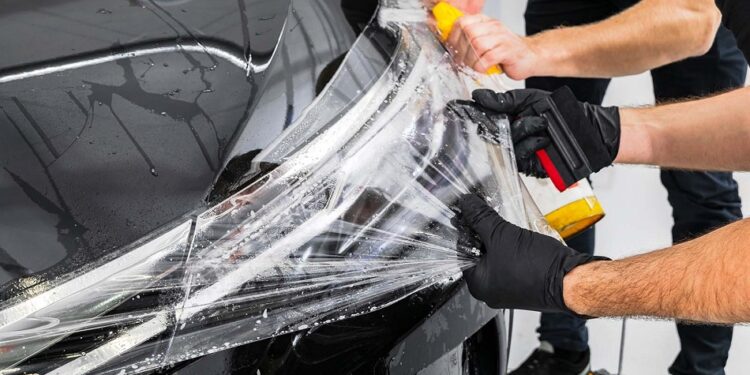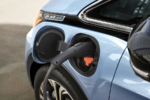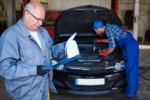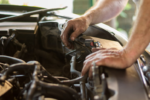Brief Understanding of Paint Protection Film you should know

The conventional approach to preventing rock pitting and chips on the exterior of the automobile was to install a bespoke vinyl black bra or to wait patiently until the bumper had sustained enough damage before painting it. Both options lacked any appeal. There is now a solution to every issue caused by rock chips and other road debris. The general term for it is paint protective film. In the Korean War, the film’s original manufacturer, 3M, utilized it to shield helicopter rotor blades. Later, 3M modified it so that it could be used on car hoods and front bumpers.
They ultimately take off with an improvement in layout to adapt the movie for the car sector. The idea couldn’t be beaten. Now that bumpers and hoods were covered with ppf wrap film, car owners could drive their vehicles anyplace without worrying about damaging their expensive car with a pebble. Each installation was initially painstakingly put to the paint after being specially cut from a large roll. It took a lot of time, and the experience was necessary. It took some time for the concept to become a popular automobile. As the need for protection grew, new businesses appeared and produced designer kits that could be put into the automobile by cutting them out on a plotter.
The majority of industry-standard films come with a 5-year guarantee against discoloration or clarity issues caused by the film becoming foggy or opaque. This was among the first issues, one that was more prevalent in previous car movies. Every year, a fresh piece of film is installed on airplanes in its place. The majority of consumers desired protection for their car that didn’t need to be withdrawn and reapplied, so the makers redesigned the film to keep its clarity for at least five years. A 7–lifetime warranty on clarity and stability is now included with films.
The film’s adherence to principles has never given it any issues. It doesn’t come off or go back on itself. The film should be maintained by routine waxing even if it does not need any particular maintenance. Additionally, parking the automobile in the car garage at nighttime will keep the paint job and the film on it shiny longer. The only real need for the movie is proper car upkeep. This should include routine weekly or biweekly washing as well as three to four times a year of automobile waxing.
Regarding cost, this service is not inexpensive. The cost of the usual bumper coverage alone might go anything from modest and expensive. A pound of cure is worth an ounce of prevention, so to speak.






